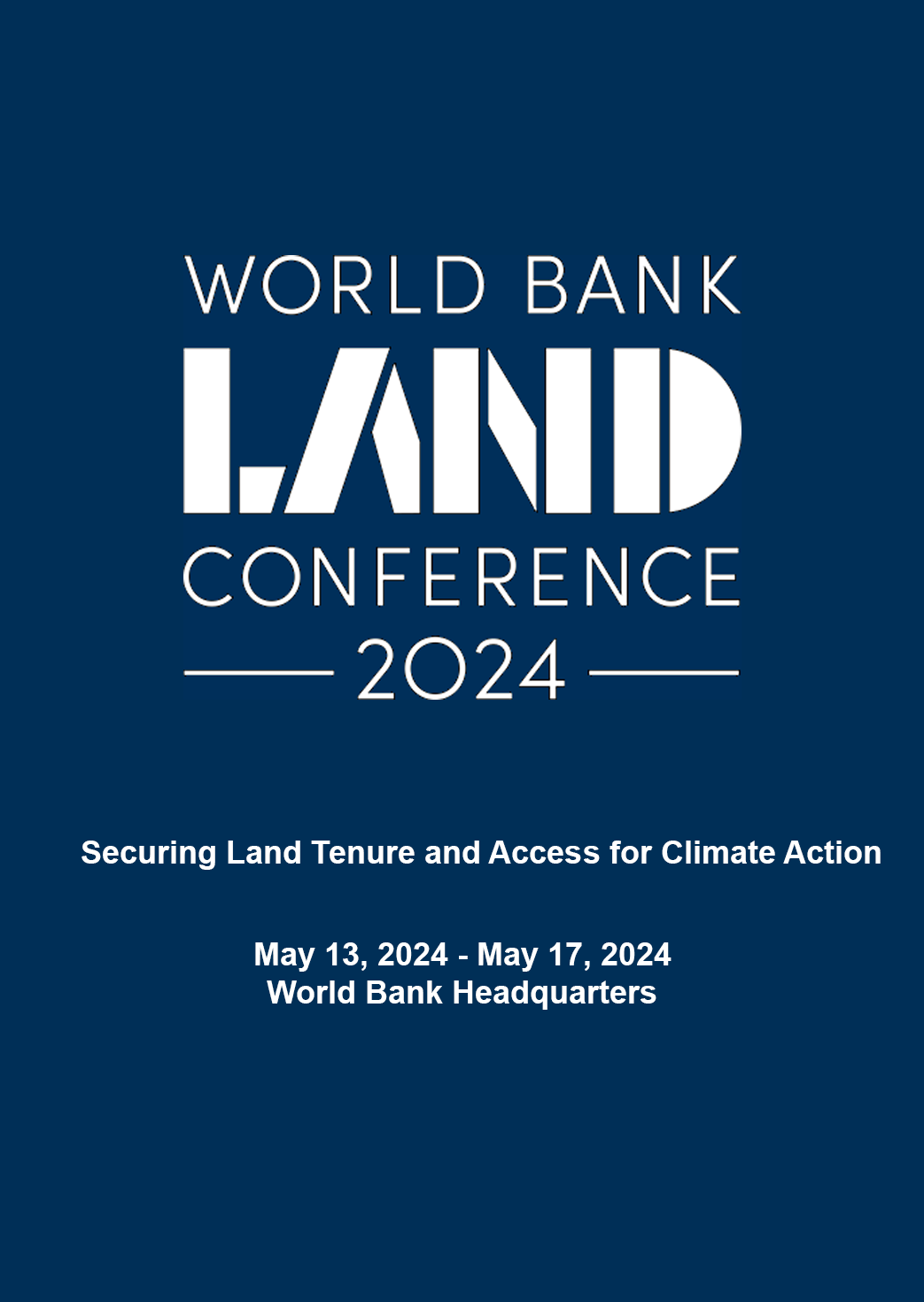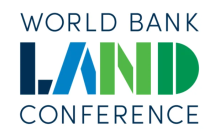Indigenous Peoples' and Local Communities' Tenure Rights, Livelihoods, and Conservation
The session explored the intersection of Indigenous Peoples' and Local Communities' tenure rights, livelihoods, and conservation, emphasizing the importance of rights-based approaches (RBAs) in achieving sustainable development and conservation outcomes. The discussion began with a global review by CIFOR-ICRAF on the implementation of RBAs in development and climate action projects, identifying critical success factors and challenges, alongside a set of recommendations for improving project design and execution. This was followed by findings from Asia, focusing on youth-led and community-based conservation efforts that align local land rights with global biodiversity goals. The analysis underscored the value of integrating traditional knowledge with conservation priorities. A presentation on legislative strategies to enhance women's tenure rights in community forests highlighted the often weaker statutory recognition afforded to women under conservation-based tenure regimes, based on new legal analysis from the Rights and Resources Initiative (RRI). A case study compared community forestry outcomes in Mesoamerica, noting that while Nicaragua has stronger de jure tenure security, Guatemala's implementation has yielded greater socioeconomic benefits, sparking discussion on the enabling conditions that support effective community forestry. The session concluded with a 30-year review of community forestry in Vietnam, detailing how tenure reforms since the 1990s have influenced equity, climate resilience, livelihood security, and biodiversity conservation. These diverse regional perspectives underscored the complexity of securing tenure rights while balancing conservation and socioeconomic goals, highlighting best practices and policy recommendations for supporting Indigenous and local communities in sustainable resource management.
This resource has been made available by the organizers of the World Bank Land Conference under the following disclaimer.
This resource has been made available by the organizers of the World Bank Land Conference under the following disclaimer.


